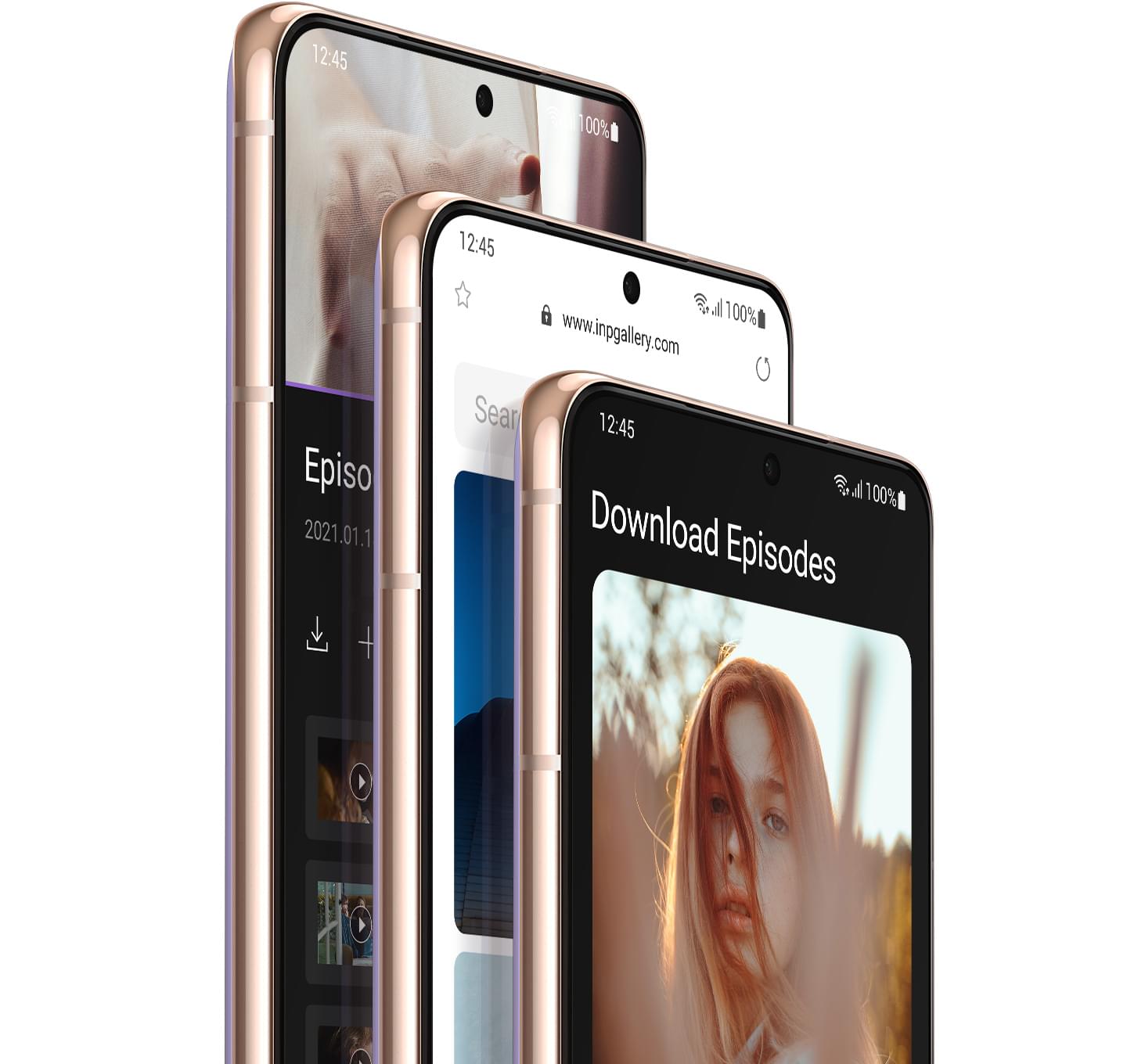Featured
Samsung turns S21
The new Samsung Galaxy S21 range’s focus on function rather than specs is evidence that smartphones have grown up, writes ARTHUR GOLDSTUCK
Share
- Click to share on Twitter (Opens in new window)
- Click to share on Facebook (Opens in new window)
- Click to share on LinkedIn (Opens in new window)
- Click to email a link to a friend (Opens in new window)
- Click to share on Reddit (Opens in new window)
- Click to share on WhatsApp (Opens in new window)
- Click to share on Pinterest (Opens in new window)
What a difference a spec makes. The entry-level handset in the new Samsung Galaxy S21 range costs R16,999, a R1,000 less than the equivalent phone in the S20 range released less than a year ago, marking a sudden halt to the ever-escalating prices of flagship phones.
The other phones in the new range, the S21+ and S21 Ultra, both cost a little more than last year’s equivalents, at R21,499 and R27,999 – respectively R500 and R1000 higher than the previous price tags.
For once, the exchange rate can’t be blamed for higher costs – a dollar cost around R15,15 at the time of the S20 launch, much the same as it has been over the past week. Given that the price of the base model has fallen by $200 in the USA, one may have expected an even greater price drop, but the complexities of pandemic supply chains have conspired against bargains.
It was widely anticipated that Samsung would bring down the prices of all three models as a result of lukewarm sales last year. The question was, what would be sacrificed to this cause?

The S21 delivers the answer in its screen resolution: 1080 x 2400 pixels, more than a quarter of the S20’s 1440 x 3200 pixels. However, the average user would find it a challenge telling the difference, usually relying on a spec sheet to tell them the numbers have changed. Those ever-expanding spec sheets have, until now, been sacred to manufacturers, who use them both for bragging rights and marketing. Samsung’s willingness to downgrade this spec speaks volumes of the maturing of smartphone positioning.
For the rest, the specs are remarkably similar to the previous edition, aside from one significant jump: the processor powering the device.
For most markets outside the USA, Samsung will use its own Exynos 2100 mobile processor, built using a 5nm fabrication process, meaning it is thinner than any chip previously made, yet integrates a 5G modem. The S20 range ran on the older Exynos 990, built with a 7nm process. Such leaps in processor technology are usually the justification for upping the price, but the screen resolution
As Samsung puts it on its website, the 5nm processor packs “more speed, more power and more intelligence”.
The new range runs on Android 11, overlaid by Samsung’s custom Android skin, One UI, upgraded from version 2.5 to 3.1. The new version is simpler and more elegant, with better widget functionality on the lock screen, It is also available as a software upgrade for on the S20 range, meaning that it isn’t part of the price change equation.
“We are living in a mobile-first world, and with so many of us working remotely and spending more time at home, we wanted to deliver a smartphone experience that meets the rigorous multimedia demands of our continuously changing routines,” said TM Roh, president and head of Mobile Communications Business at Samsung Electronics yesterday.
This means that, while the phones are designed to target a range of wallet capabilities, they are also each targeted at specific markets or user profiles. Samsung summed it up in its product announcements:
- “Galaxy S21 was designed for those who want a light design and compact 6.2-inch display.
- “Galaxy S21+ sports an expanded 6.7-inch display and a larger battery, perfect for marathon gamers and binge-watchers.
- “Galaxy S21 Ultra is the largest member of the Galaxy S21 series with a 6.8-inch Dynamic AMOLED 2X display … Ultra users expect the flagship smartphone experience to take creative expression and productivity to the next level.”
Go to the next page to read about the remarkable camera system in the Samsung Galaxy S21 Ultra.
Share
- Click to share on Twitter (Opens in new window)
- Click to share on Facebook (Opens in new window)
- Click to share on LinkedIn (Opens in new window)
- Click to email a link to a friend (Opens in new window)
- Click to share on Reddit (Opens in new window)
- Click to share on WhatsApp (Opens in new window)
- Click to share on Pinterest (Opens in new window)
| Thank you for Signing Up |

















